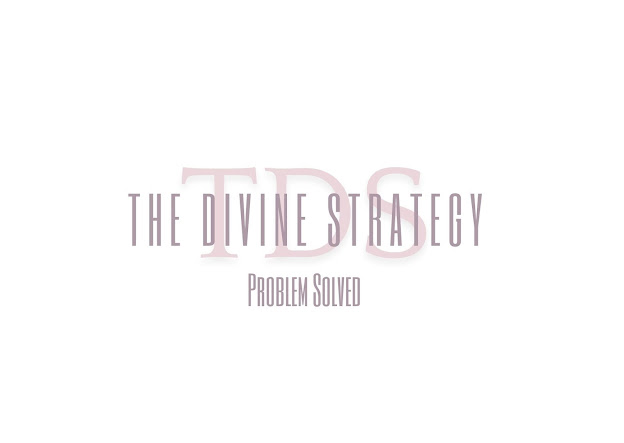The 13 Middos Harachamim (Attributes of Mercy) are a promise from H'shem that one that recites them, his prayers will not return empty. The commentaries outline three different ways this prayer is meant to be performed to be worthy of this promise.
*The first is by reciting the Tefilah.
H'shem, wrapped in a Talis, as if He were the Shaliach Tzibur, Master of ceremonies, leading the congregants in prayer, passed before Moshe, instructing him that when Am Yisroel recites this Tefilah, their prayers for forgiveness and mercy, will not come back unanswered.
*The second way to perform this Tefila is to adopt these Middos manners,
As described in the prayer. By internalizing these characteristics, you will become worthy of earning H'shem's covenant, and your prayers will be accepted.
*The third directive is to become the Shaliach Tzibur.
One who leads the services pleads for himself and all the congregants. So, too, in your heart and your prayers, you must be as concerned for the plight of Am Yisroel as your own and take their hardships on as though they were yours by begging H'shem for mercy.
For the next week, בעז'ה, we will be learning the 13 attributes so that we can be fully prepared to say this Tefilah and have our Tefilot answered with Rachamim בעז'ה.
The first three attributes, H'shem, H'shem, Kel:
*The first, "H'shem," refers to the attribute of Rachamim, compassion that H'shem shows to someone before he sins. Why does a person need Rachamim before committing a sin? Says the Da'at Z'Kainim, because H'shem is "all-knowing," he knows the sins the person will perform in the future.
*The second "H'shem" refers to the attribute of mercy H'shem shows through Teshuva, forgiveness, after a person sins. It is the miracle of erasing your sins as though they never happened. Rav Hunter describes this as the second version of creation, something from nothing.
*Kel refers to the Midda H'shem, shows by controlling His anger so he can be compassionate, says the Vilna Gaon.
Communication:
In our relationships, we all know someone who is a recidivist/repeat offender. By showing him compassion, although we know he is pretty likely to repeat his misbehavior, forgiving him when he repeats the offense, and controlling our tempers while responding to him kindly, we will be doing precisely what we beg H'shem to do for us when begging for mercy and forgiveness.
Self-Improvement:
The three attributes described above can be achieved by looking past the misdemeanor and seeing the person. Most often, the offender is not trying to misbehave; he is usually trying to escape his own pain. When we see the person and the actions as separate entities, we can do more than look past the misdeed and forgive. We can help him heal.
Emuna, Bitachon, and Tefilah:
Knowing H'shem runs the world is the key to looking past others' misdeeds and easily forgiving them. When we know H'shem is the only One true judge and knows what each person is struggling with, we can adopt the discipline of judging favorably and readily forgive. We learned previously that this Midda earns us a favorable judgment from Heaven, a good incentive to be Dan L'kav Zechut and forgive. Begin by incorporating in your Tefilot the requests for all of Klal Yisroel. It will allow you to make it genuine when the time for Selichot begins.
The 13 attributes are beautifully and concisely translated by
NCSY Education here: https://s3.amazonaws.com/ncsy-education/13%20Middos%20Workbook.pdf.

Comments
Post a Comment